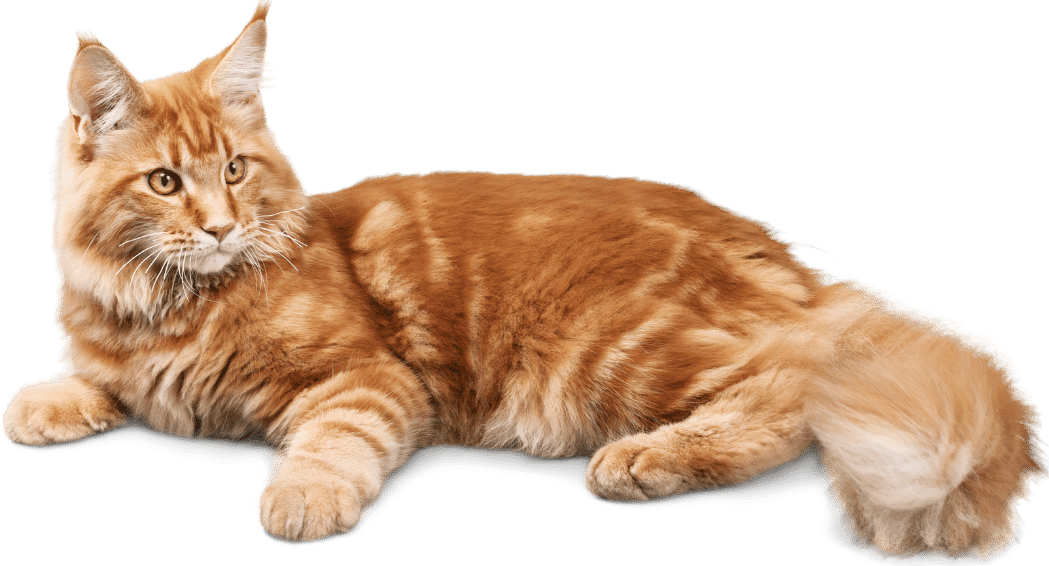Siberian Husky Dog Breed: Temperament and Lifespan
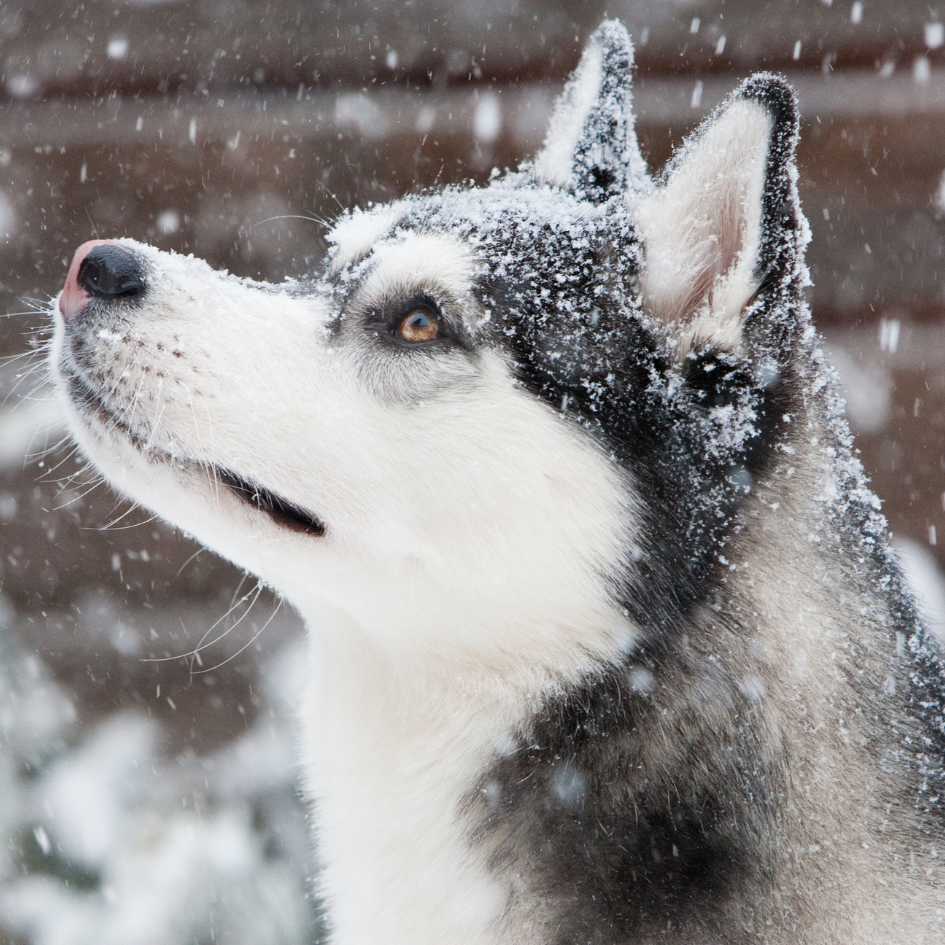
Siberian Huskies are one of the most iconic dog breeds in the world—instantly recognizable by their piercing eyes, thick coat, and wolf-like appearance. But beyond the striking looks lies a breed with a rich history, complex temperament, and specific care needs. Whether you’re a potential dog owner, a husky enthusiast, or someone intrigued by sled dogs, this article will give you a deep dive into everything that defines the Siberian Husky dog breed.
In this comprehensive guide, you’ll explore where Siberian Huskies came from, how their temperament fits into family life, and what to expect when it comes to grooming, exercise, and overall upkeep. Read on to discover why this ancient sled dog still captivates hearts around the globe.
What is the Origin of the Siberian Husky?
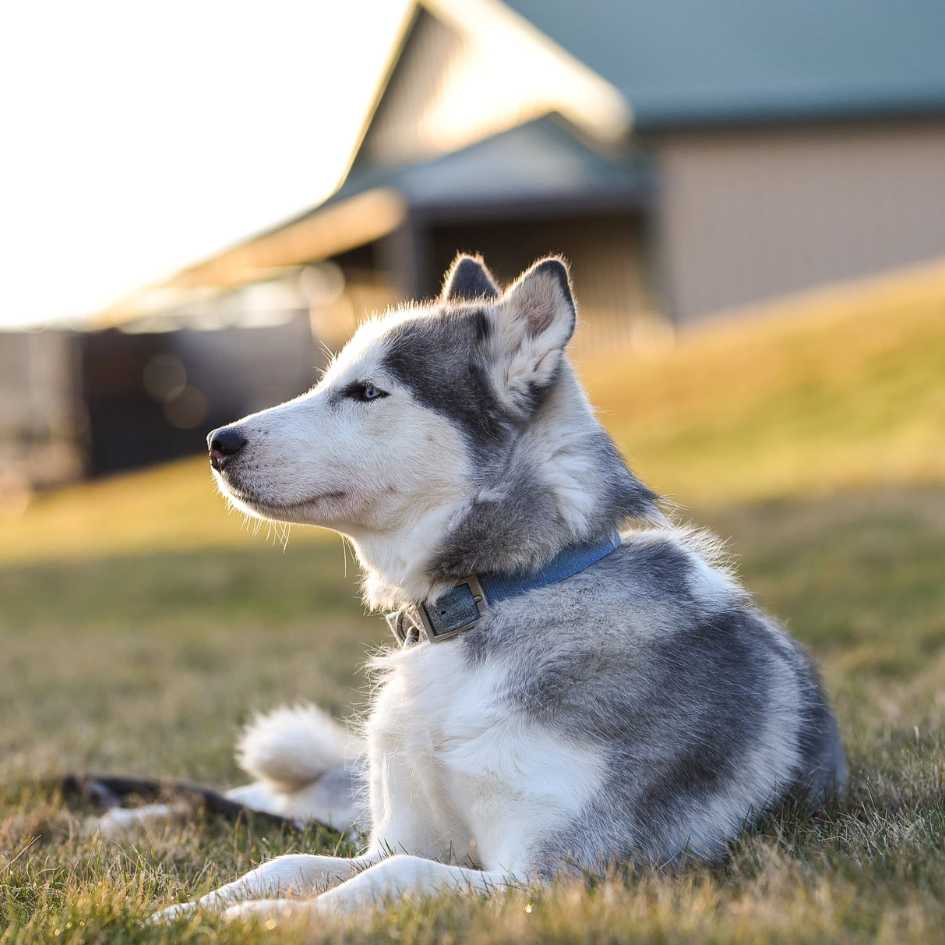
The Siberian Husky dog breed was developed by the Chukchi people of northeast Asia, specifically in Siberia, as a sled dog built for endurance and survival in harsh conditions. These early working dogs helped their nomadic owners transport goods across frozen landscapes.
Siberian huskies have spitz characteristics—erect ears, curled tails, and a thick coat. Their double coat, composed of guard hairs and a dense undercoat, insulates them against extreme cold.
The Chukchi bred these dogs selectively for their temperament, strength, and ability to thrive on little food. Because the Chukchi developed them, they also show a deep social bond with humans.
How Did Siberian Huskies Become Famous in the U.S.?

Siberian Huskies first arrived in Alaska during the gold rush in 1908, when William Goosak, a Russian fur trader, introduced the breed as competitors in sled dog races. Initially underestimated for their smaller size and great stamina, they surprised many with their great endurance.
Their fame exploded during the 1925 race of mercy, when teams of sled dogs relayed diphtheria serum to Nome, saving the town from an outbreak. Balto, one of the lead dogs, became a global hero. His statue in Central Park commemorates that historic mission, completed by Gunnar Kaasen’s team.
Siberian husky dogs have since become a spectacle in dog sledding events like skijoring and bikejoring, and even in recreational sled activities.
What Does the Temperament of Siberian Huskies Reveal?
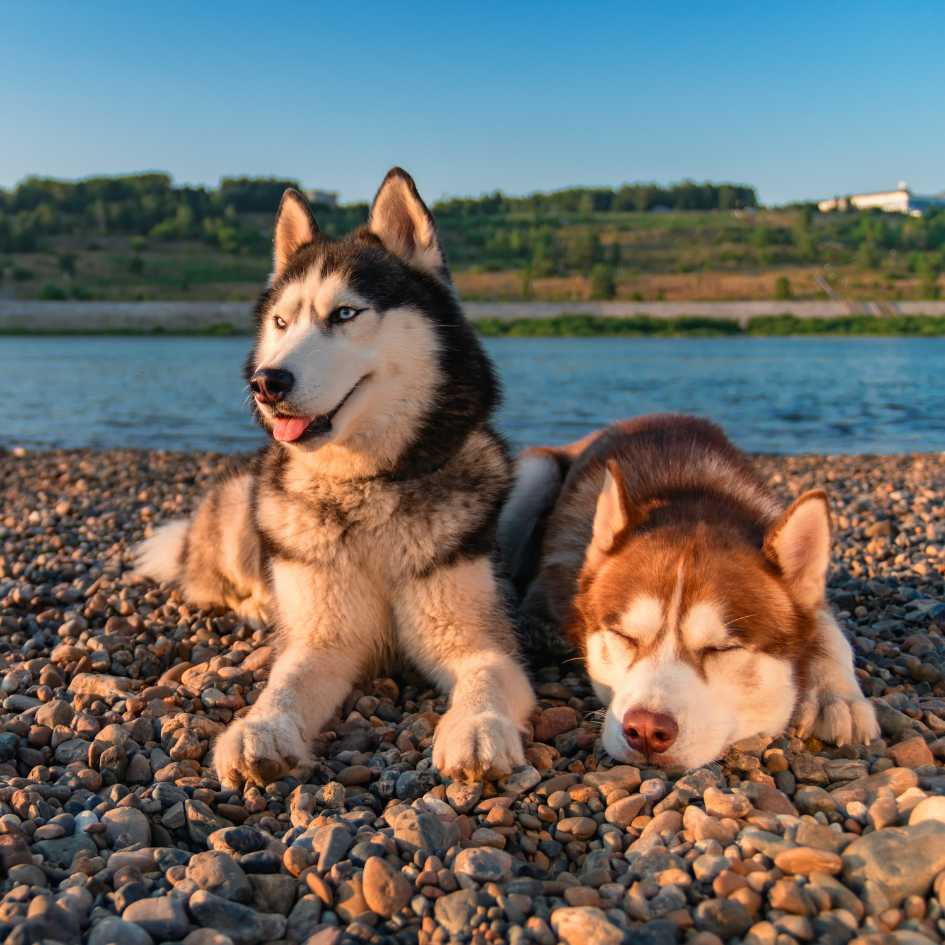
The temperament of Siberian huskies is often described as strong-willed, friendly, and outgoing. Unlike guard dogs, they tend to bark less and howl more—a trait that can surprise first-time owners.
They are known for being social and intelligent but can also be independent and stubborn. Socialization from an early age is crucial to ensure your husky develops well-balanced behavior.
Because of their heritage as lead dogs, they often test boundaries and require a confident handler. Despite their strong personalities, they are affectionate and can bond closely with their human pack.
Are Siberian Huskies Good for Families?

Yes, Siberian huskies can be wonderful family dogs—but they’re not for everyone. Their temperament is generally good-natured with children and adults, but their high energy can overwhelm some households.
They are not ideal for homes with small animals due to their strong prey drive. Remember, they were sled dogs bred to work in packs and often had to hunt for survival.
Husky dogs thrive in active households and need plenty of attention. When left alone, they can become destructive or excessively vocal. They’re best suited to owners who understand their physical and mental needs.
How Much Exercise Do Siberian Huskies Really Need?
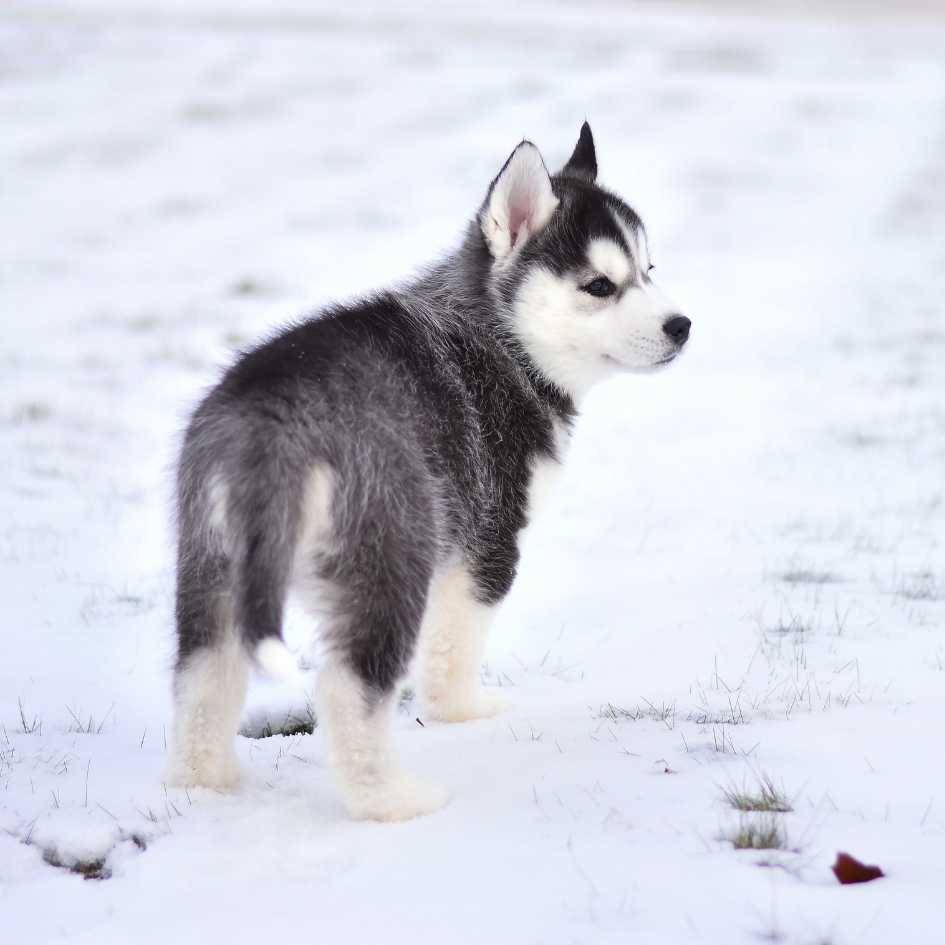
Exercise is critical for Siberian huskies. These sled dogs were bred for long distances and require at least 1-2 hours of vigorous activity daily.
Without adequate exercise, huskies can become bored, leading to behavioral issues such as digging, howling, and escaping. Their desire to run is strong—don’t be surprised if your husky bolts if not securely fenced.
Activities like bikejoring, hiking, and even skijoring during winter can fulfill their physical needs. Training sessions, puzzle toys, and agility courses are great for mental stimulation.
What Kind of Grooming Do Siberian Huskies Require?
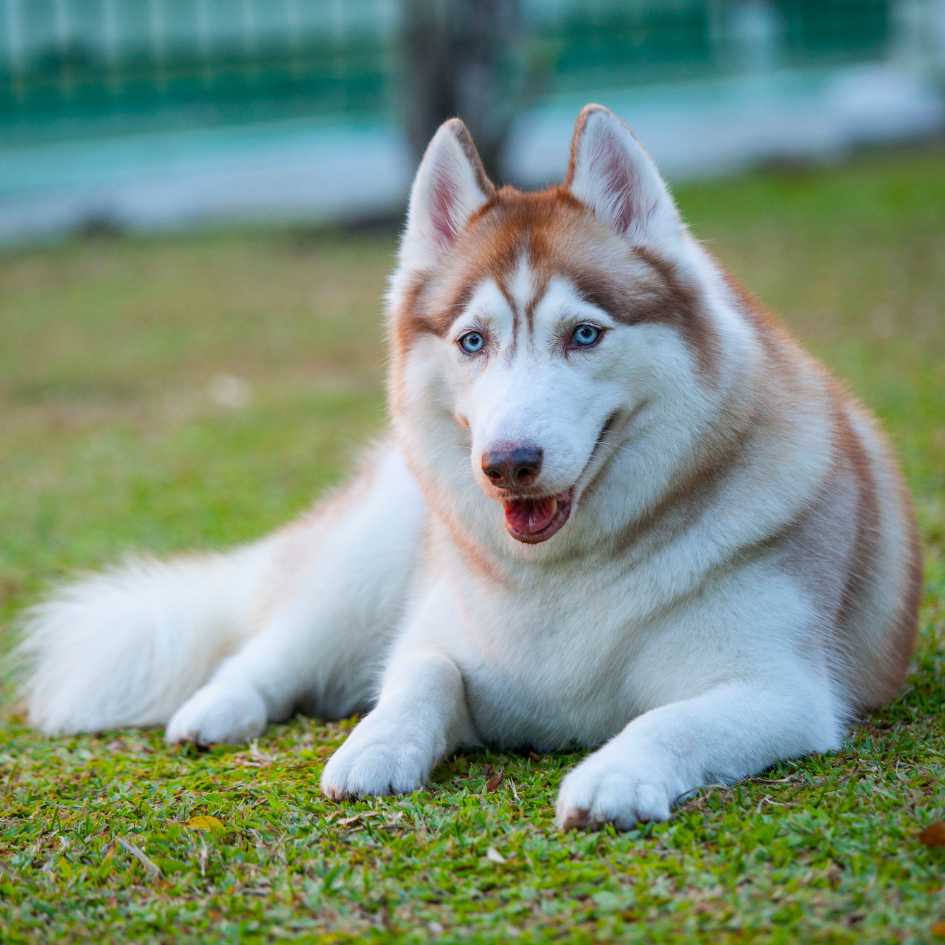
Grooming is a major part of the upkeep for Siberian huskies, thanks to their double coat. These dogs shed year-round but especially during shedding season, which occurs twice a year.
You’ll need to brush your husky at least once a week and daily during peak shedding. A de-shedding tool or groom rake helps manage their thick coat effectively.
Bathing should be occasional, as over-washing can strip their coat of natural oils. Be sure to monitor for skin issues or parasites, and schedule regular veterinary visits to maintain overall health.
How to Manage the Upkeep of a Siberian Husky?
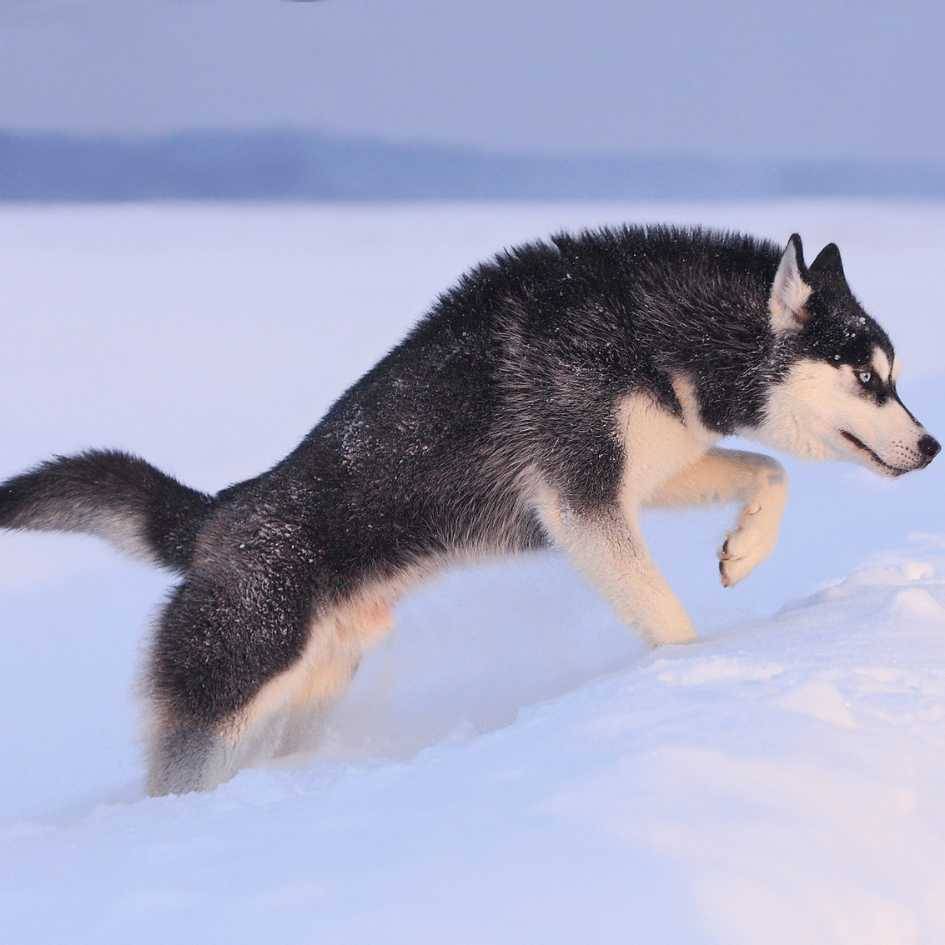
The upkeep of a Siberian husky extends beyond grooming. These dogs need a balanced diet, regular vet care, and lots of attention to thrive.
Because they can easily overheat, it’s important to provide cool areas in warmer months. They’re built for the blizzard, not the beach.
Dental care is also important. Without routine brushing, plaque can build up. Their nails should be trimmed monthly, and ears checked regularly to prevent infections.
The American Kennel Club (AKC) and Siberian Husky Club of America both offer guidance on how to properly care for today’s Siberians.
What Are the Common Health Issues in Siberian Huskies?

Like many purebred dogs, Siberian huskies are prone to specific health issues. Hip dysplasia, corneal dystrophy, juvenile cataracts, and progressive retinal atrophy are the most common.
These conditions can often be screened by reputable breeders. Always ask for health clearances and request AKC registration documents.
Some huskies may also suffer from autoimmune disorders that affect serum production. Regular veterinary checkups and proper care can help catch early signs and ensure a healthy lifespan
What Should You Know Before Adopting or Buying a Siberian Husky Puppy?
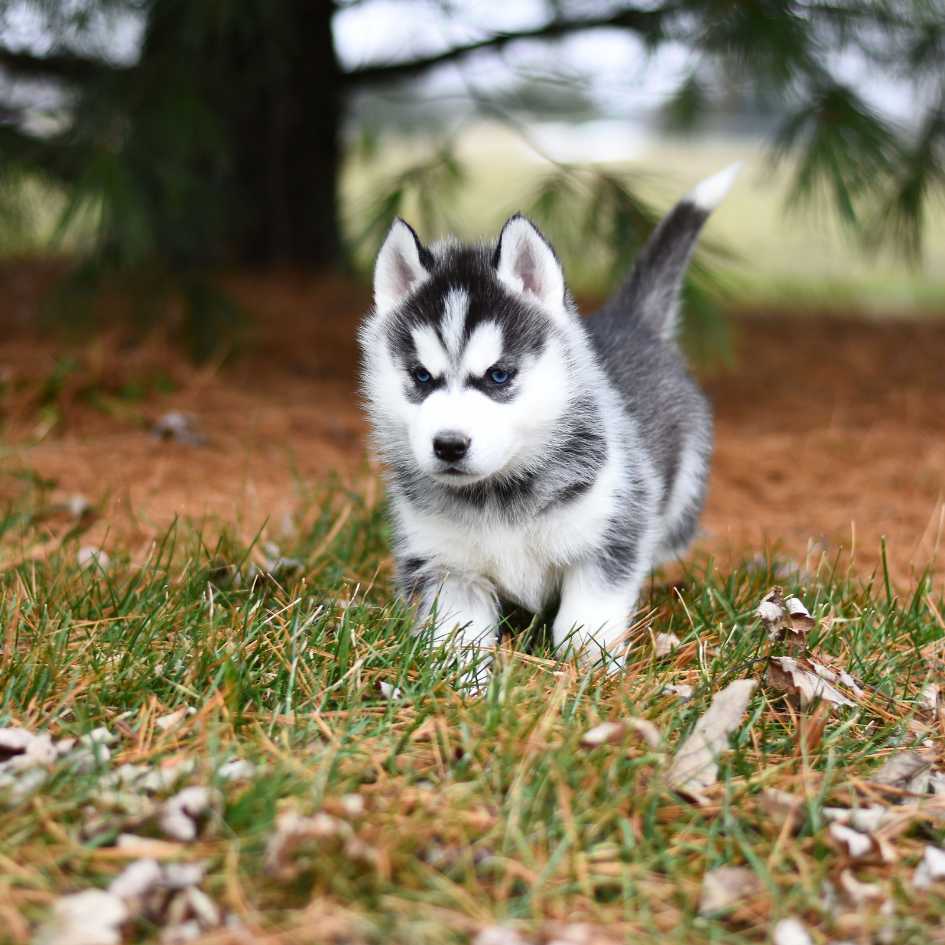
Whether adopting from a shelter or buying from a breeder, getting a puppy is a long-term commitment. Huskies can live up to 12–14 years.
Make sure your lifestyle matches the demands of this medium-sized dog breed. Puppies need constant training, early socialization, and lots of patience.
Research reputable breeders that test for genetic issues, and avoid puppy mills. If you choose adoption, ask about the dog’s background and any known behavioral or health issues.
Are Siberian Huskies the Right Breed for You?
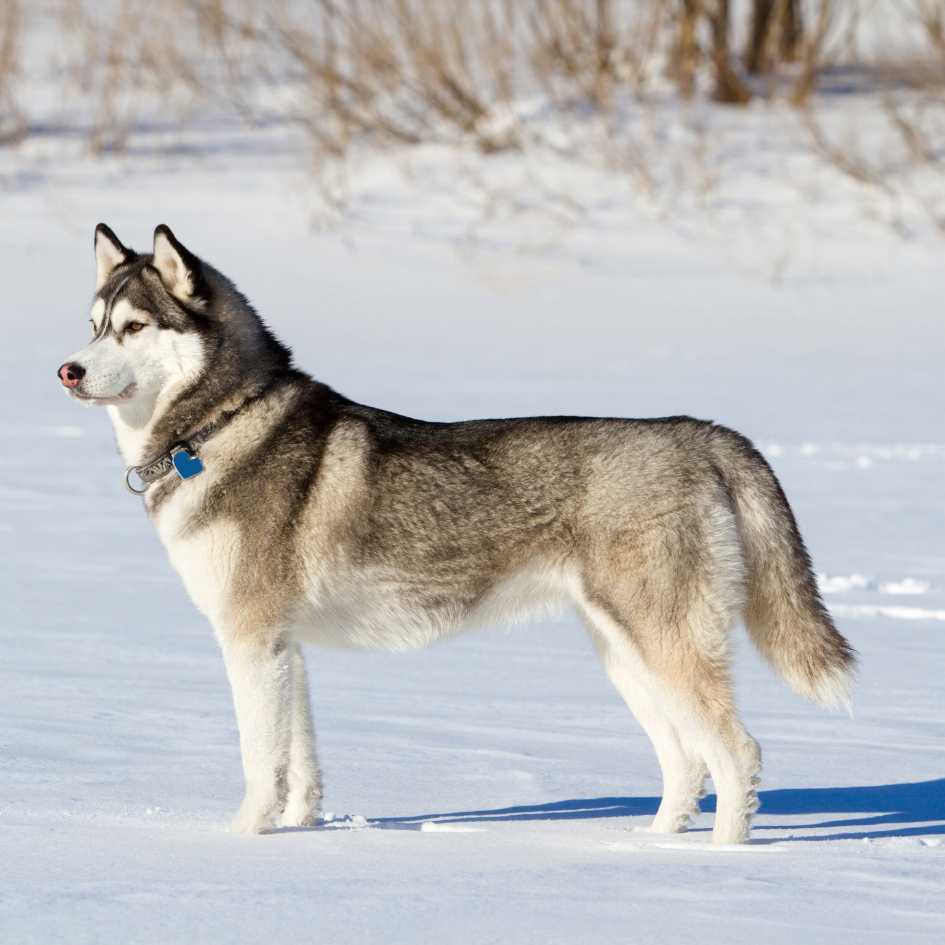
Deciding whether a Siberian husky is right for you depends on your lifestyle. These dogs are beautiful, intelligent, and loyal—but require time, training, and space.
If you live in an apartment or want a quiet, low-maintenance pet, this is not your breed. If you love outdoor adventures, have a fenced yard, and enjoy a challenge, you’ll likely find the Siberian husky dog breed incredibly rewarding.
Ultimately, a happy husky is one who gets plenty of exercise, social interaction, and mental stimulation.
Key Takeaways: Things to Remember About the Siberian Husky Dog Breed
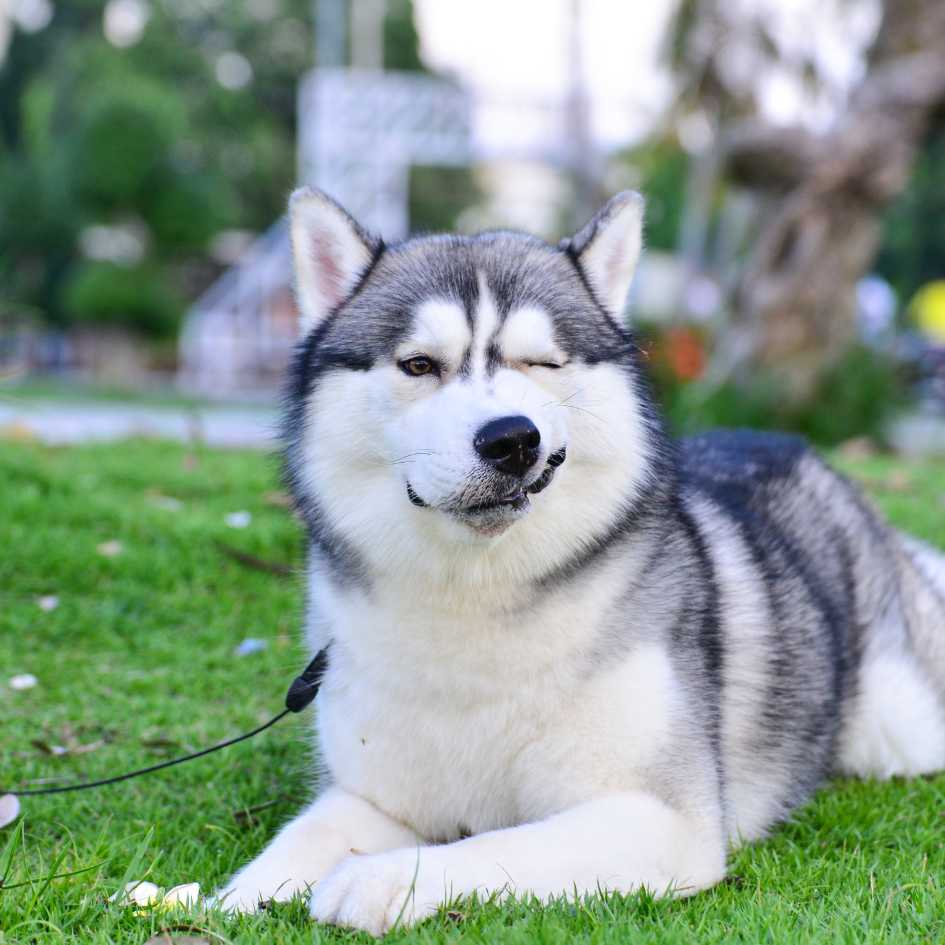
- Siberian huskies originated from the Chukchi people in Siberia as sled dogs.
- They gained fame in 1925 for delivering diphtheria serum to Nome—a heroic feat led by Balto.
- Huskies are strong-willed, social, and need significant exercise and attention.
- Grooming is a serious part of husky upkeep due to their double coat and seasonal shedding.
- Health concerns include hip dysplasia, corneal dystrophy, and progressive retinal atrophy.
- Ideal owners are active, experienced
What is the Price of a Siberian Husky Dog Breed in India?
The price of the Siberian Husky dog breed in India typically ranges from ₹30,000 to ₹1,20,000, depending on quality, location, and breeder reputation.
- Pet Quality Huskies: ₹30,000 – ₹80,000
- Show Quality Huskies: ₹70,000 – ₹1,20,000
- Champion Bloodline: ₹1,20,000 and above
Prices can also vary by city. For example:
- Delhi & Mumbai: ₹50,000 – ₹95,000
- Bangalore & Hyderabad: ₹45,000 – ₹92,000
- Kolkata & Pune: ₹45,000 – ₹89,000
Always choose a reputable breeder and consider additional costs like grooming, veterinary care, and high-protein diet for this active sled dog breed.


